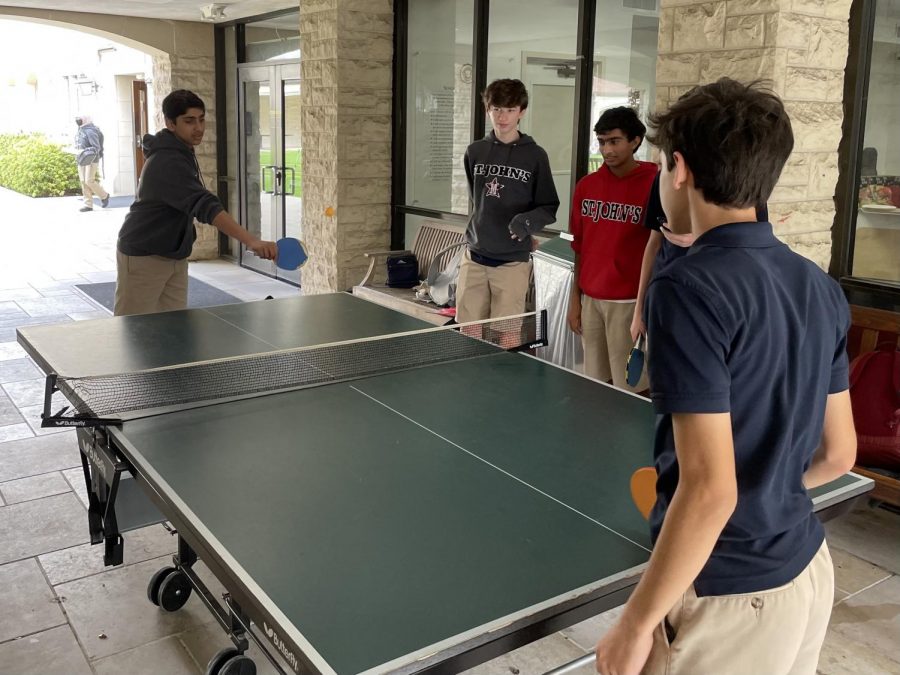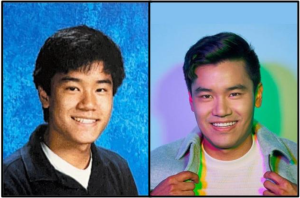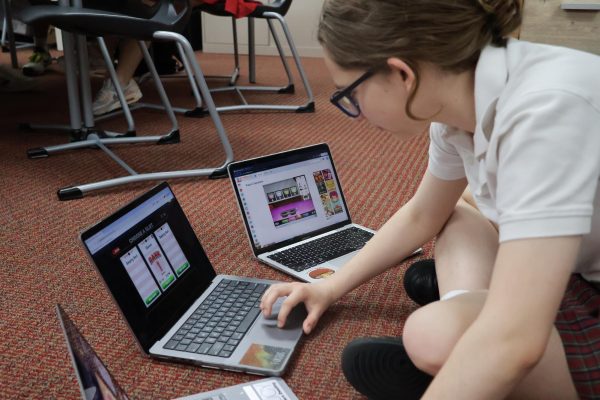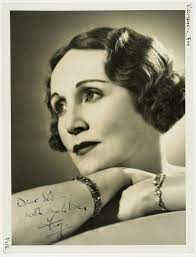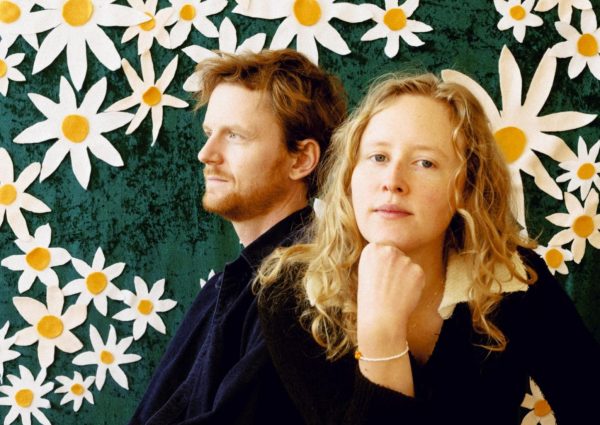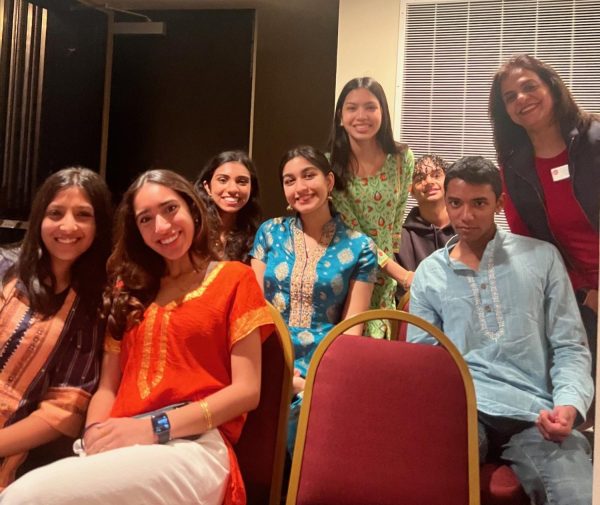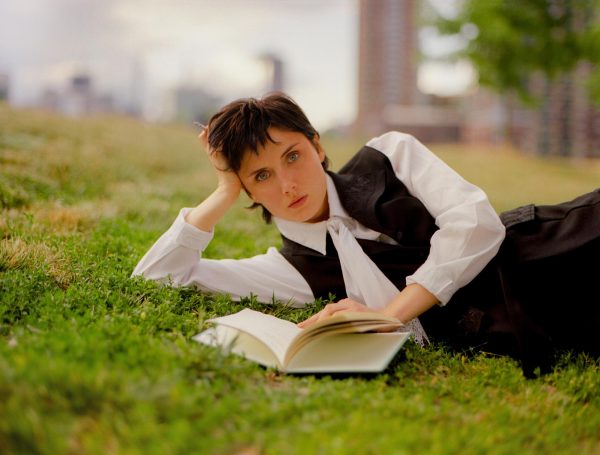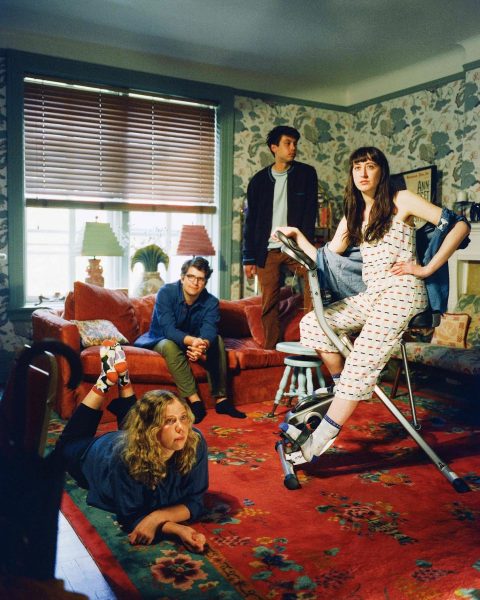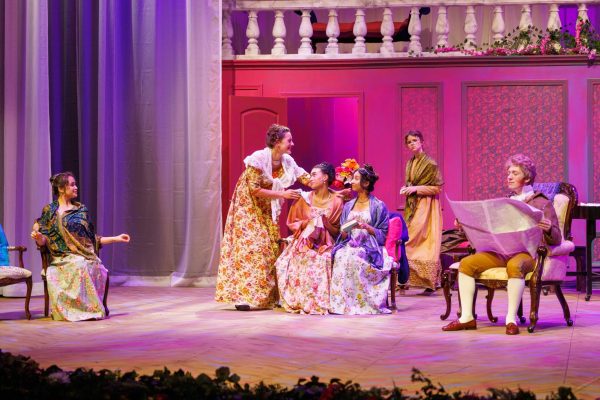Ping-Pong is bouncing back
Sophomores spend their free carrier playing ping-pong with each other.
December 16, 2021
At the end of most school days, a crowd of Upper School students can be seen in the Plaza, huddled around a ping-pong table. A deft return or spinning ball is often cause for an eruption of applause.
Sophomore Connor Batsell, who started playing ping-pong with his family at age five, is a part of the growing ping-pong culture at St. John’s.
Over the Thanksgiving break, Batsell attended the 2021 World Table Tennis Championships, hosted in the United States for the first time. There were several close matches, but Batsell’s favorite was a semifinal clash between unseeded 19-year-old Swedish player Truls Möregårdh and Germany’s Timo Boll, where the youngster upset the German after facing a two-set deficit.
“What I like best about ping-ping is that the games are extremely fast-paced and can go in unexpected and exciting directions,” Batsell said. “I also love that the setup needed for a game is so simple.”
Current seniors Noah Saleh and Ryan Guthrie started the St. John’s Ping-Pong Club in 2019, but the club became inactive when the pandemic hit. As restrictions began to lift, Saleh and Guthrie noted a definite uptick in the number of ping-pong players — membership has grown to around 60.
“A lot of the freshmen are very enthusiastic about playing,” Saleh said.
According to Guthrie, ping-pong is a great stress reliever.
“I was new to St. John’s as a freshman and took some time adapting to the rigor of SJS classes,” Guthrie said. “It was nice to be able to relax by playing a game of ping-pong during my free period.”
In order to foster the growing culture at St. John’s, the Ping-Pong Club partnered with the Student Affairs Council to host an Upper School ping-pong tournament. Senior Charlie Leach, a SAC prefect, organized the tournament and worked with Saleh and Guthrie to create a bracket that would create an optimum playing field based on house affiliation and skill levels.
“We did not want a tournament where players from the same house dominated the tournament or a very skilled player ended up competing with a not-so-skilled player in the later matches,” Leach said.
Sophomore Adley Halligan is one of the few female students who competed in the ping-pong tournament. She says that it is only a matter of time before more female students join the ping-pong trend.
“It starts with one person,” Halligan said. “If I invite my friend to play, and then she invites her friend, it becomes a sort of domino effect of girls getting involved.”
According to Guthrie, the lack of ping-pong tables is the largest limiting factor that the club faces since it drastically prolongs the waiting time for a turn to play. The school recently approved the purchase of a third table; however, this worries Guthrie.
“There is not enough room on campus to just put a bunch of ping-pong tables all over the place,” Guthrie said.
The Ping-Pong Club is brainstorming alternatives to accommodate the increasing interest in the game. Guthrie and Saleh proposed to pool funds together from club members and rent an outside venue over the weekends.
“We are talking with a ping-pong academy where more than 20 players can get together and get some great practice in without any distractions or long wait times,” Saleh said.
Saleh believes that the game’s popularity in the Upper School will last. He hopes that the club continues to thrive even after he and his fellow founder graduate.
“I would love to hear that one day, the final game of a SJS ping-pong tournament will be played in the middle of the Great Hall with hundreds of Upper School students cheering the players on,” Saleh said. “That would be amazing.”

